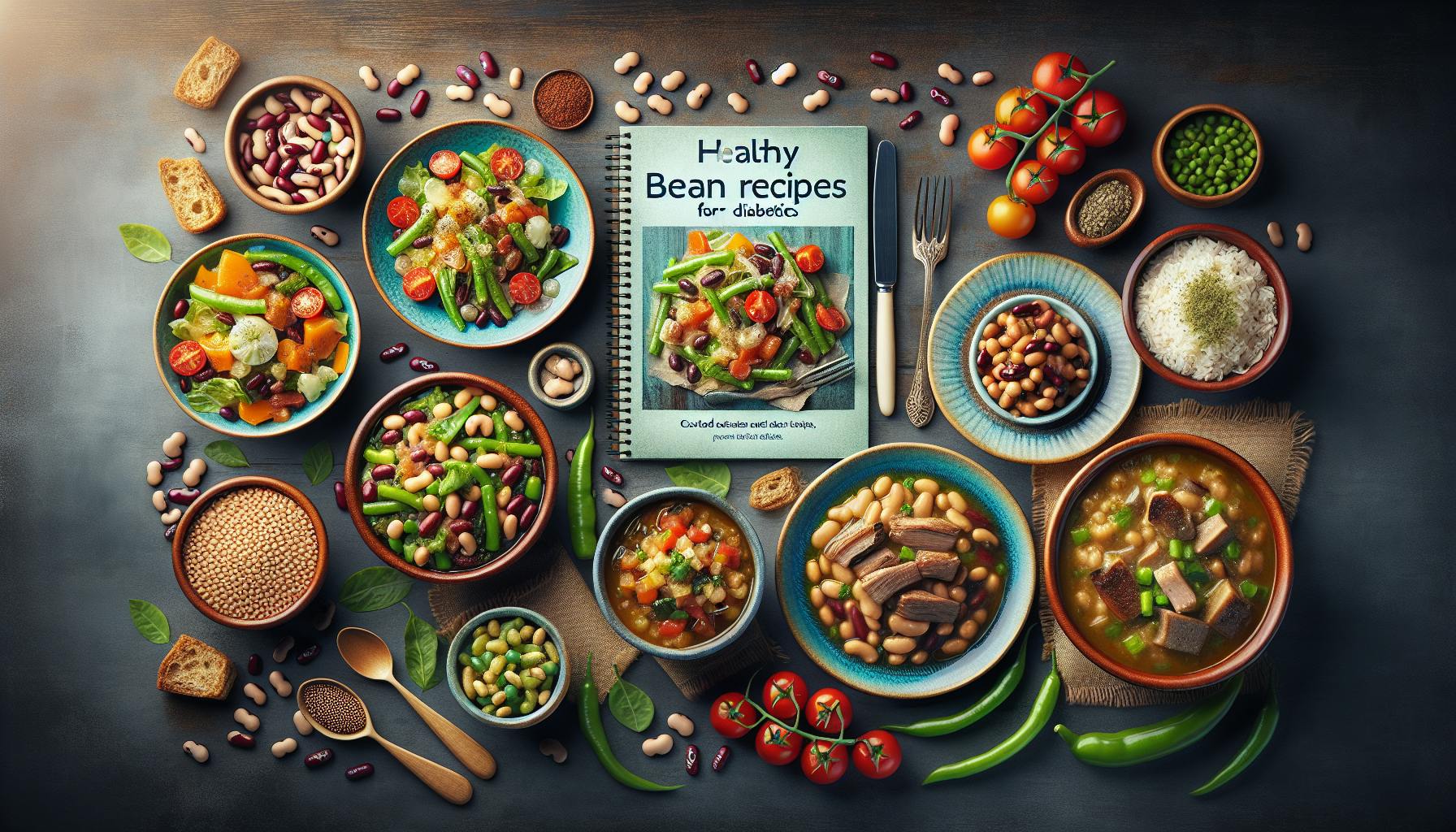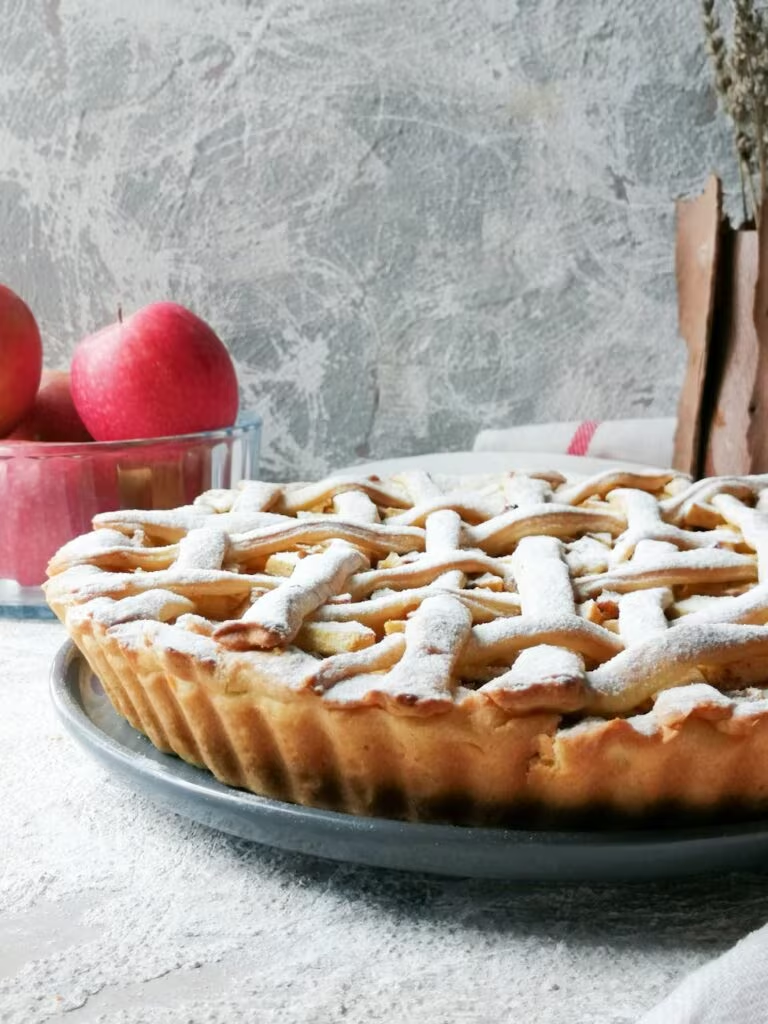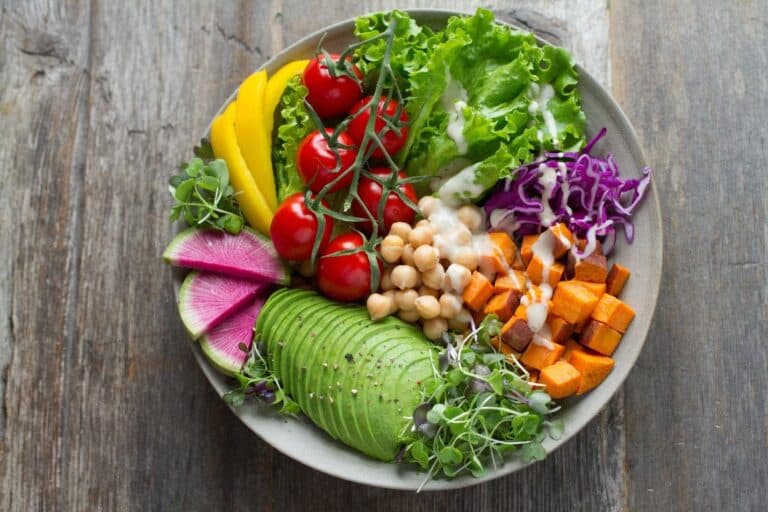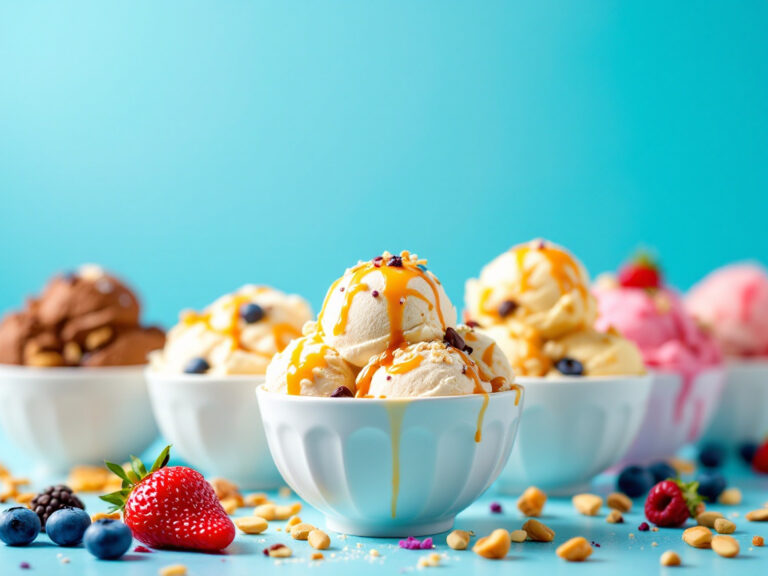Wholesome Bean Recipes for Diabetics
Discover wholesome bean recipes for diabetics! From three-bean chili to vegan burgers, delight in every bite.
Nutritional Benefits of Beans
Beans have got some serious street cred in the world of superfoods, especially in the diabetes camp. Let’s chat about why these tiny powerhouses are a must in the diabetic diet and all the good stuff packed inside ’em.
Importance of Beans in a Diabetic Diet
Beans are rock stars for those with diabetes. They overflow with fiber, which is like sugar police—it slows down the digestion party, giving our bodies a chill, steady supply of glucose. This is a game-changer in managing diabetes, helping to keep blood sugar swings in check.
Beans are also low on the GI chart—not your average rollercoaster ride—meaning they’re digested at a leisurely pace. Here’s a little rundown of what you get in just half a cup of cooked beans:
| Nutrient | Amount |
|---|---|
| Calories | 125 |
| Carbohydrates | 15g |
| Protein | 7g |
| Fat | 0-3g |
Beans as a Source of Vitamins and Minerals
Beans got that Midas touch when it comes to vitamins and minerals. They’ve got things like B vitamins, iron, magnesium, potassium, and zinc dancing inside them. Here’s why they’re gold:
- B Vitamins: These guys are like energy fireworks, lighting up metabolism and keeping the brain sharp.
- Iron: The star player in making red blood cells, keeping the anemia baddie away.
- Magnesium: The behind-the-scenes power player in over 300 body reactions, including how we handle glucose.
- Potassium: Keeps the heart and muscles ticking like a Swiss watch.
- Zinc: Flexes its muscle in boosting immune power and healing skin boo-boos.
Plus, there’s a ton of plant-based protein on offer. In just a half-cup, you’re getting protein that’s on par with an ounce of meat, minus the guilt of saturated fat. So, you stay full longer, giving you less reason to raid the fridge between meals.
Check out some of our other tasty treasures: chicken recipes for diabetics, smoothie recipes for diabetics, and cookie recipes for diabetics. They’re like high-fives for your taste buds!
Cooking Methods for Bean Recipes
When we’re whipping up bean recipes for diabetics, how we cook those beans is super important for keeping their good stuff intact. Let’s chat about how different cooking tricks change up their nutrients and which ways are best to keep those health benefits locked in.
Impact of Cooking Methods on Nutrient Content
The way you cook beans can shake up their nutrient lineup. Here’s a peek at how common methods can change their nutritional punch:
- Boiling: This method can zap vitamins, especially vitamin C. During boiling, vegetables like broccoli and spinach might lose around half their vitamin C. So, not the best choice if you wanna keep that vitamin C around.
- Microwaving: Quick and efficient, microwaving helps hang on to those nutrients thanks to its speedy process. It’s especially great at keeping antioxidant levels high in veggies like garlic and mushrooms (Healthline).
- Roasting/Baking: This one doesn’t mess too much with most vitamins and minerals, but watch out for B vitamins—they can drop by up to 40% due to the heat and lengthy cooking (Source).
- Steaming: This method is top-notch for keeping nutrients. It only takes a small bite out of water-soluble vitamins like vitamin C, with losses between 9-15%.
Best Cooking Methods for Retaining Nutrients
If your goal is to squeeze the most from your bean dishes, you gotta pick cooking shortcuts that save those nutrients. Here are a few champions of nutrient retention:
- Steaming: This one’s a hero in preserving vitamins and minerals. Steam them beans quick until they’re tender but still a bit crisp. That way, you’ll save nutrients and the flavor stays yum.
Cooking Method Vitamin C Loss Percentage Boiling Up to 50% Steaming 9-15% Numbers based on Source
- Microwaving: With its short cook time, microwaving does a great job of keeping nutrients in beans. You’ll also hang on to those awesome antioxidants, which are great for diabetes folks.
- Sautéing/Pan-Frying: These are quick and need just a smidge of oil to keep nutrients. Sauté those beans with some healthy fats like olive oil for added flavor and to help soak up fat-soluble vitamins.
- Braising: The slow, low method here helps keep nutrients sticking around while boosting the beans’ natural taste, not losing much along the way.
Choosing the right cooking tricks can crank up the nutritional zing of beans while keeping your diabetes-friendly meals tasty. For more yummy, healthy choices, swing by our chicken recipes for diabetics or check out some smoothie recipes for diabetics.
Diabetes-Friendly Bean Recipes
We’re diving into a world of tasty, diabetes-friendly bean recipes for diabetics. These dishes are packed with flavor and nutrients, making managing diabetes a bit more delicious.
Black Bean & Corn with Poached Eggs
This meal is a knockout, blending black beans with the sweetness of corn and topped off with poached eggs. Finish it with queso fresco, a crumbly Mexican cheese, for a fun mix of textures.
Ingredients:
- 1 cup of black beans, cooked
- 1 cup of corn kernels
- 2 eggs
- 1/4 cup queso fresco
- 1 tablespoon olive oil
- A pinch of salt and pepper
Instructions:
- Heat up the olive oil in a pan.
- Throw in the black beans and corn, and season them with salt and pepper.
- Cook until they’re warm.
- Poach the eggs in simmering water—timing’s your call.
- Dish out the beans and corn, top with eggs, and sprinkle queso fresco.
Three-Bean Chili Recipe
This chili is the ultimate comfort food, using black beans, kidney beans, and pinto beans, all jazzed up with spices like cumin, chili powder, and paprika. Perfect for chilly days!
Ingredients:
- 1 cup each of black beans, kidney beans, and pinto beans, all cooked
- 1 onion, diced
- 2 garlic cloves, minced
- 1 bell pepper, chopped
- 1 can of diced tomatoes
- Spices—2 tablespoons of chili powder, 1 tablespoon of cumin, 1 teaspoon of paprika, 1 teaspoon of oregano
- A sprinkle of salt and pepper
Instructions:
- Sauté onion, garlic, and bell pepper in a big pot.
- Add all those beans.
- Stir in tomatoes and spices.
- Let it simmer for 30 minutes, give it a good stir now and then.
- Adjust the seasoning, then serve it hot.
Vegan Black Bean Burgers
These plant-power burgers use black beans and quinoa for a fiber and protein feast. Cumin and chipotle chile powder add a Southwestern kick.
Ingredients:
- 1 cup black beans, cooked and mashed
- 1/2 cup quinoa, cooked
- 1/2 cup breadcrumbs
- 1 small onion, finely chopped
- 1 teaspoon cumin
- 1/2 teaspoon chipotle chile powder
- A pinch of salt and pepper
- Olive oil for frying
Instructions:
- Mix the mashed black beans, quinoa, breadcrumbs, onion, cumin, and chile powder in a bowl.
- Season with salt and pepper, mixing it up.
- Form the mix into burger patties.
- Heat olive oil in a pan.
- Cook patties until they’re golden on both sides.
Black Beans & Avocado on Quinoa
Here’s a simple yet nutritious combo of black beans, quinoa, and creamy avocado. Perfect for a healthy fill of fats, protein, and nutrients.
Ingredients:
- 1 cup of black beans, cooked
- 1 cup of quinoa, cooked
- 1 avocado, sliced
- 1/4 cup cherry tomatoes, halved
- 1 tablespoon olive oil
- 1 tablespoon lime juice
- A pinch of salt and pepper
Instructions:
- Combine the black beans and quinoa in a bowl.
- Lay avocado slices and cherry tomatoes on top.
- Drizzle with olive oil and lime juice.
- Season with salt and pepper to taste.
These meals are just right for those needing bean recipes for diabetics that are healthy. Looking for more? Check out our recipes for diabetics, smoothie recipes for diabetics, and cookie recipes for diabetics.








Leave a Reply